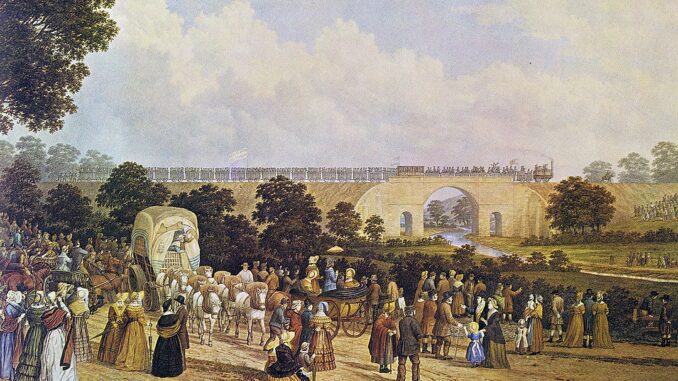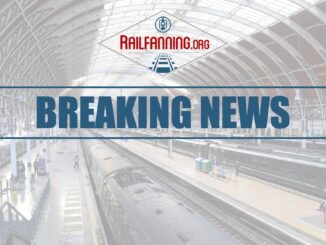
Two centuries ago, the Stockton & Darlington Railway ushered in a new era on Sept. 27, 1825, when Locomotion No. 1 pulled coal wagons and passenger coaches from Shildon to Stockton via Darlington.
The Stockton & Darlington Railway, which operated from 1825 until the North Eastern Railway took over the line in 1863, is regarded as the world’s first public railway to use steam locomotives. Its initial line linked collieries, or coal mines, near Shildon with Darlington and Stockton.
The event marked the first steam-hauled, fare-paying passenger journey on a public railway, demonstrating the practical viability of steam-powered passenger transport.
Coal movements to ships quickly became lucrative, and the line was extended to a new port at Middlesbrough. While coal wagons were steam-hauled from the start, passengers initially rode in horse-drawn coaches until steam-hauled carriages were introduced in 1833.
The locomotive pulling that first train, Locomotion No. 1, originally named Active and built by pioneering railway engineers George and Robert Stephenson at their manufacturing firm, Robert Stephenson and Company, is credited as the first locomotive to pull a passenger train on a public railway. The Tees Valley Line incorporates portions of the original route.




